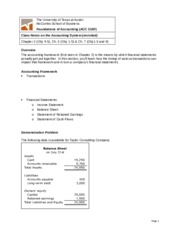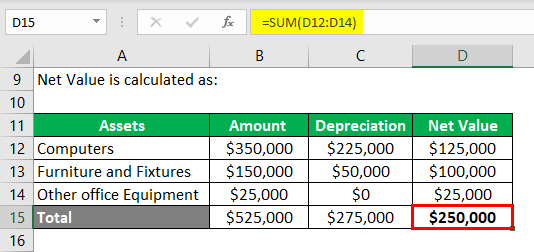
Xero supports unlimited users with all its subscription plans, while QuickBooks allows only up to 40 users with its highest-tiered plan. There’s excellent core functionality for processing invoices and payments as well as add-ons for projects, time tracking and expenses. Xero offers basic inventory management for retail businesses to track what they have in stock, add inventory to quotes and invoices, and report on what product lines are trending.
When to choose QuickBooks Online
Like QuickBooks, Xero has a function to automatically calculate sales taxes for each invoice, as well as state or city taxes. A tax default can be set for any purchase, and Xero offers an integration with Avalara TrustFile in order to help you file your returns. Xero’s software also lets you map your accounts to different categories of tax form, keeping everything organized. QuickBooks and Xero are both solutions with great tools for core accounting needs like bookkeeping, account receivable tracking, and payroll functionality at an additional cost.
QuickBooks and Xero offer popular software to maintain your business’s books, send invoices and perform other accounting functions. While Xero’s $13 Early plan is far cheaper than QuickBooks’ $30 Simple Start plan, it’s also very limited due to the caps on invoices and billing. A better comparison is the $60 QuickBooks Essentials plan (plus the general and administrative expense $45 Core or $80 Premium payroll plans) vs. the $37 Xero Growing plan (paired with the $40 or $80 Gusto plan). Essentials supports just three users, while Growing is unlimited, making it better value for large or growing operations.

QuickBooks is not designed for proposal writing, but users can turn estimates into proposals by attaching the rules of working with tax returns for unexperienced accountants files or adding messages. Integrating with third-party proposal applications is also an option. Xero does not offer an estimation feature, but users can fill out the form on its website to download a free estimate template in editable PDF format. Small to medium-sized businesses, eCommerce businesses that needs foreign transactions. Use for Accounting, bill payment, pay runs, bank reconciliations, project tracking. Our unbiased reviews and content are supported in part by affiliate partnerships, and we adhere to strict guidelines to preserve editorial integrity.
Xero offers more integrations overall, but both are very comprehensive. It has all the features of Growing, plus support for multi-currency claims and expense claims, as well as a function for tracking time and costs on a per-project basis. QuickBooks supports six custom invoice templates, and lets you track the status of the invoice with read receipts. If needed, you can easily send customers reminders, and can match any payments received with the correct invoice for efficient bookkeeping.
Integration with Other Software and Apps
QuickBooks offers live phone and chat support six days a week, providing you with a direct line to experts whenever you need them. With personalized assistance, you can tackle any accounting challenge with confidence and keep your business on track. Both accounting software products let users invite their accountants by email. If you’re located in the United States, though, there’s a better chance your accountant is familiar with QuickBooks Online than Xero.
- However, if you take advantage of this trial, you will not be able to receive a new user discount, so choose wisely.
- With QuickBooks, you’ll get expert help from real people through phone and live chat six days a week.
- For companies needing a payroll function for their employees, Xero offers add-on integrations for an additional cost.
Xero vs QuickBooks Online
Reporting abilities are limited, though a raft of third-party integrations are available (many cost a little extra, but some are free). To compare QuickBooks vs. Xero accounting, we consulted product documentation and user reviews. We considered features such as invoicing, billing, payments, expense tracking, mileage tracking, project and time tracking and inventory management. We also weighed factors such as pricing, user experience, customer service and integrations. Neither Xero nor QuickBooks Online is lacking when it comes to features. Both have basic accounting features, including invoices, estimates, bank reconciliation, expense tracking, and journal entries.
First, QuickBooks has phone support while Xero does not, so QuickBooks users can solve their problems that much faster. Second, QuickBooks offers some features that Xero doesn’t have, net financial position like document scanning. That said, Xero has a lower price point, starting at $13 per month, compared to QuickBooks’ $30 per month starting cost, and Xero offers more integrations than QuickBooks as well. The app has a built-in timer you can use to record time as you work, or you can use the location-based job tracker through the mobile app.
Xero and QuickBooks are both great accounting software options for small businesses. They both offer a wide range of features, an easy-to-use interface and competitive pricing. Xero is currently the second-most popular accounting software program in the U.S. and enjoys market-leading status in various countries such as Australia.